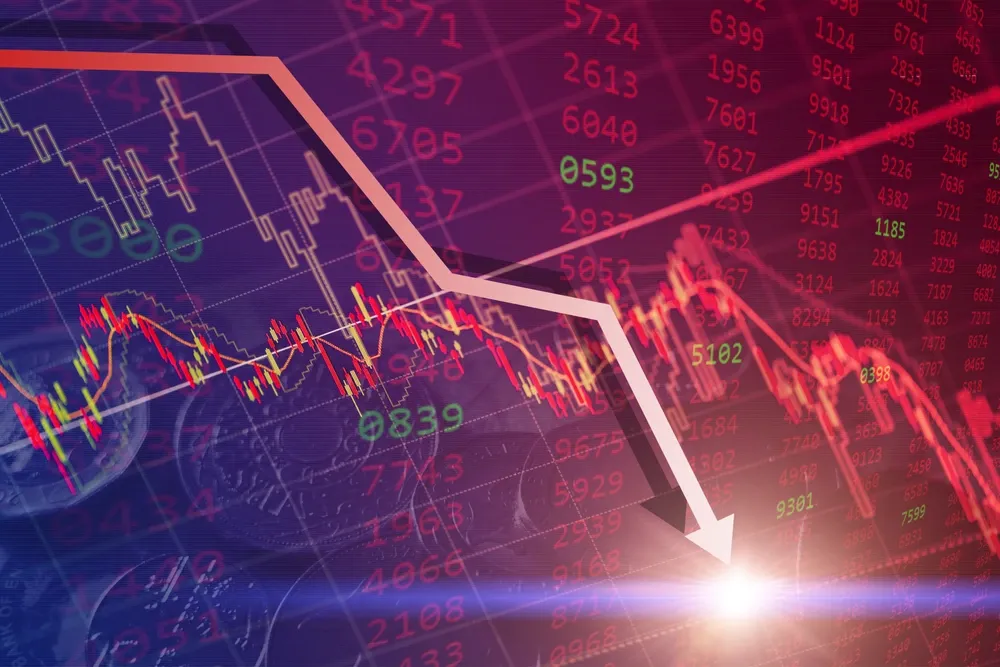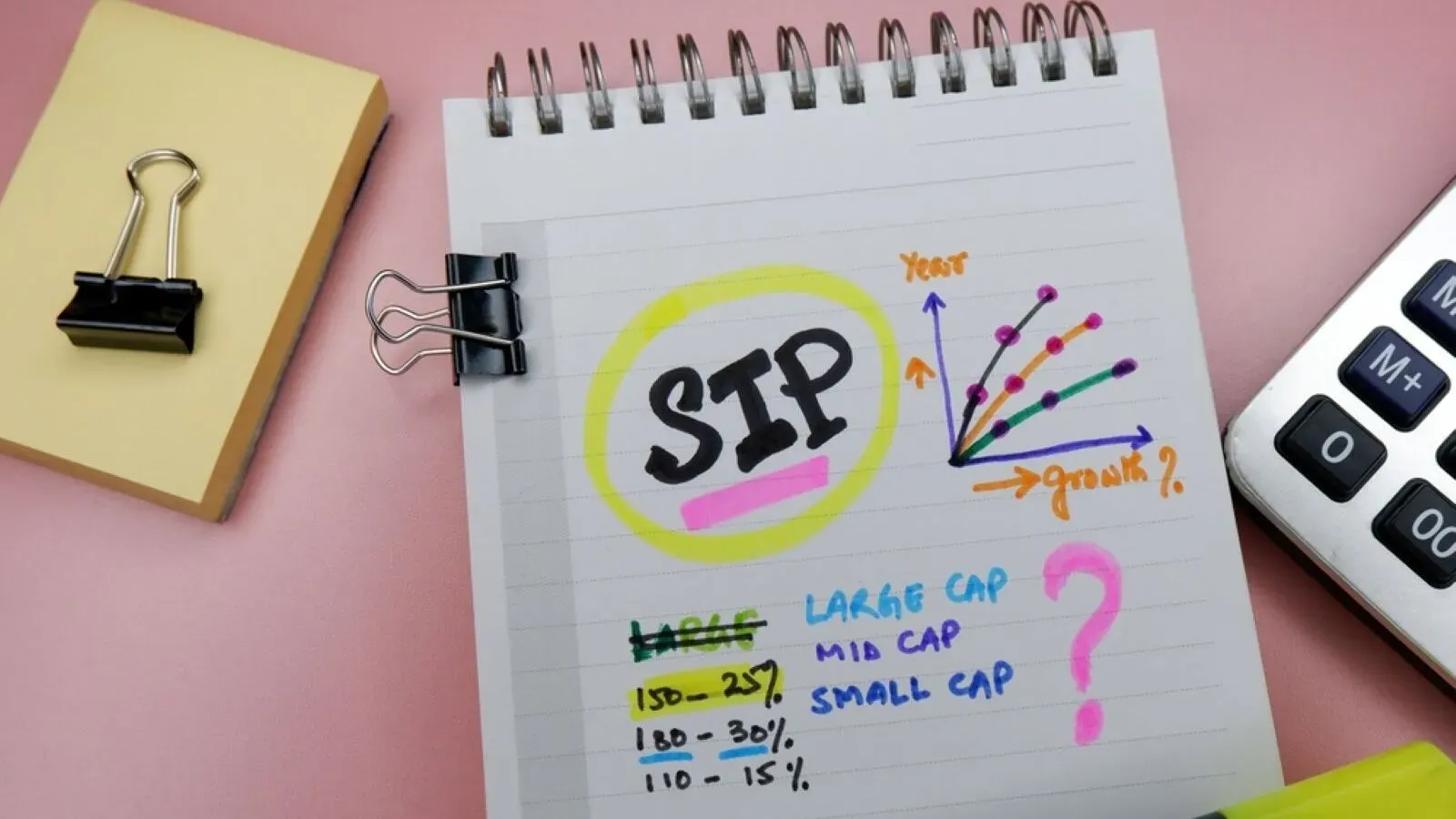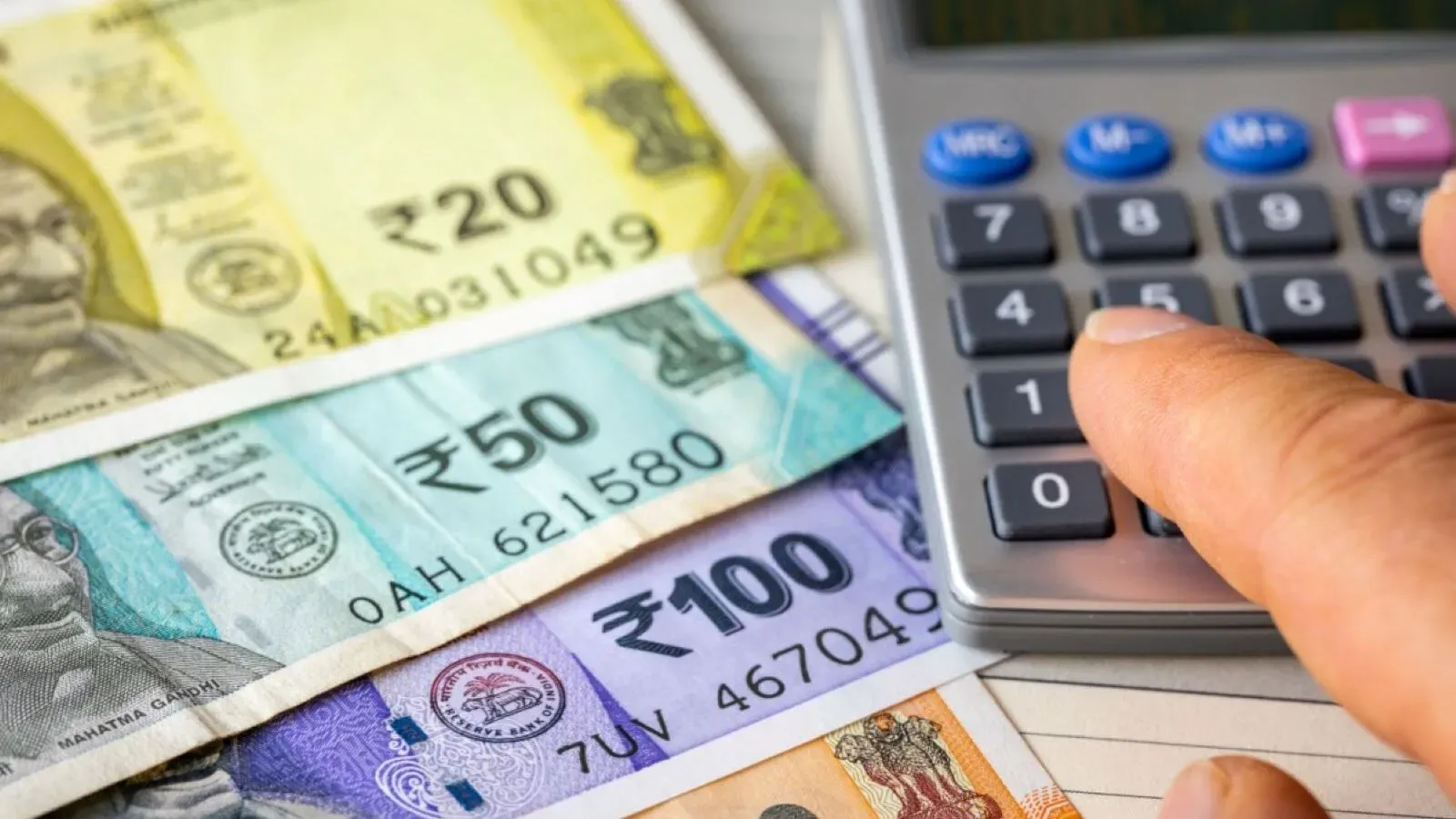Personal Finance News
What investors should learn from the correction in small-cap stocks?
 (1) (3).jpg)
4 min read | Updated on April 03, 2025, 19:47 IST
SUMMARY
Small-cap stocks have fallen by more than 18% since December 12 2024, after a great run since March 2020. This, in some way, has partially cracked the higher risk, higher return belief of investors.

From a high of 57,827.69 points, the BSE SmallCap Index has fallen to 47,136.15 points as of close of trading on April 2, 2025. | Image source: Shutterstock
Let’s take the case of the BSE SmallCap Index. On March 24, 2020, the index was at a low of 8,622.24 points. It rose to a high of 57,827.69 points on December 12, 2024. This worked out to an absolute return of a whopping 571% in less than five years. Of course, this involved buying at a low point and selling at the highest point, something that rarely happens. But it does tell us that the small-cap stocks gave an astonishing amount of return during the pandemic and even after it.
From a high of 57,827.69 points, the BSE SmallCap Index has fallen to 47,136.15 points as of close of trading on April 2, 2025. This is a fall of 18.5% from the peak, in less than four months. Of course, there are specific stocks that have fallen more than this.
Now, the question is, how did investors end up equating high risk with guaranteed high returns? This happened primarily because most direct and indirect investors in the stock market were new investors.
Take the case of investors investing primarily in equity mutual funds through the systematic investment plan (SIP) route. The total number of outstanding SIP accounts was at 3.8 crore as of April 2021 (the earliest data available). This jumped to more than 10 crore by October 2024. The number of demat accounts stood at 4.2 crore as of April 2020 and had jumped to more than 17 crore by September 2024.
Given this, many investors had only seen the stock market, particularly small-cap and midcap stocks, go up at an astonishing pace. Strong narratives were built around these stocks by those in the investing business, leading to retail investors pouring money into such stocks, and these stocks continued to go up at an astonishing pace. Or as Sailesh Raj Bhan, CIO of Nippon India Mutual Fund, which runs India’s largest small-cap fund, recently told moneycontrol.com: “Fragile businesses with ₹20 crore operating profit in a quarter were getting ₹10,000 crore market caps due to liquidity.”
The continued bull run only reaffirmed the belief of retail investors that higher risk leads to guaranteed higher returns. In fact, many investment professionals are also young and haven’t seen enough stock market cycles, and were a part of this phenomenon as well.
Indeed, as Howard Marks writes in The Most Important Thing—Uncommon Sense for the Thoughtful Investor, in the context of the long bull market in US stocks through the 1980s and the 1990s: “Most professional investors had joined the industry in the eighties or nineties and didn’t know a market decline could exceed 5 percent, the greatest drop seen between 1982 and 1999.” He adds: “Once in a while we experience periods when everything goes well and riskier investments deliver the higher returns they seem to promise.” The 1980s and the 1990s were one such period for the US stock market. But then came the dotcom burst of 2000 and which wiped out the so-called higher risk guaranteed returns belief that had set in.
Now, as mentioned earlier, small-cap stocks have fallen by more than 18% since December 12 2024, after a great run since March 2020. This, in some way, has partially cracked the higher risk, higher return belief of investors. Or as Marks writes: “[The] halcyon periods lull people into believing that to get higher returns, all they have to do is make riskier investments. But they ignore something that is easily forgotten in good times: this can’t be true, because if riskier investments could be counted on to produce higher returns [all the time], they wouldn’t be riskier.”
This is a lesson that a new generation of Indian investors has started to learn in 2025, like the earlier newer generations did in 2008 and 2000. The limits of their experience ultimately hurt them.
Related News
By signing up you agree to Upstox’s Terms & Conditions
About The Author
Next Story



